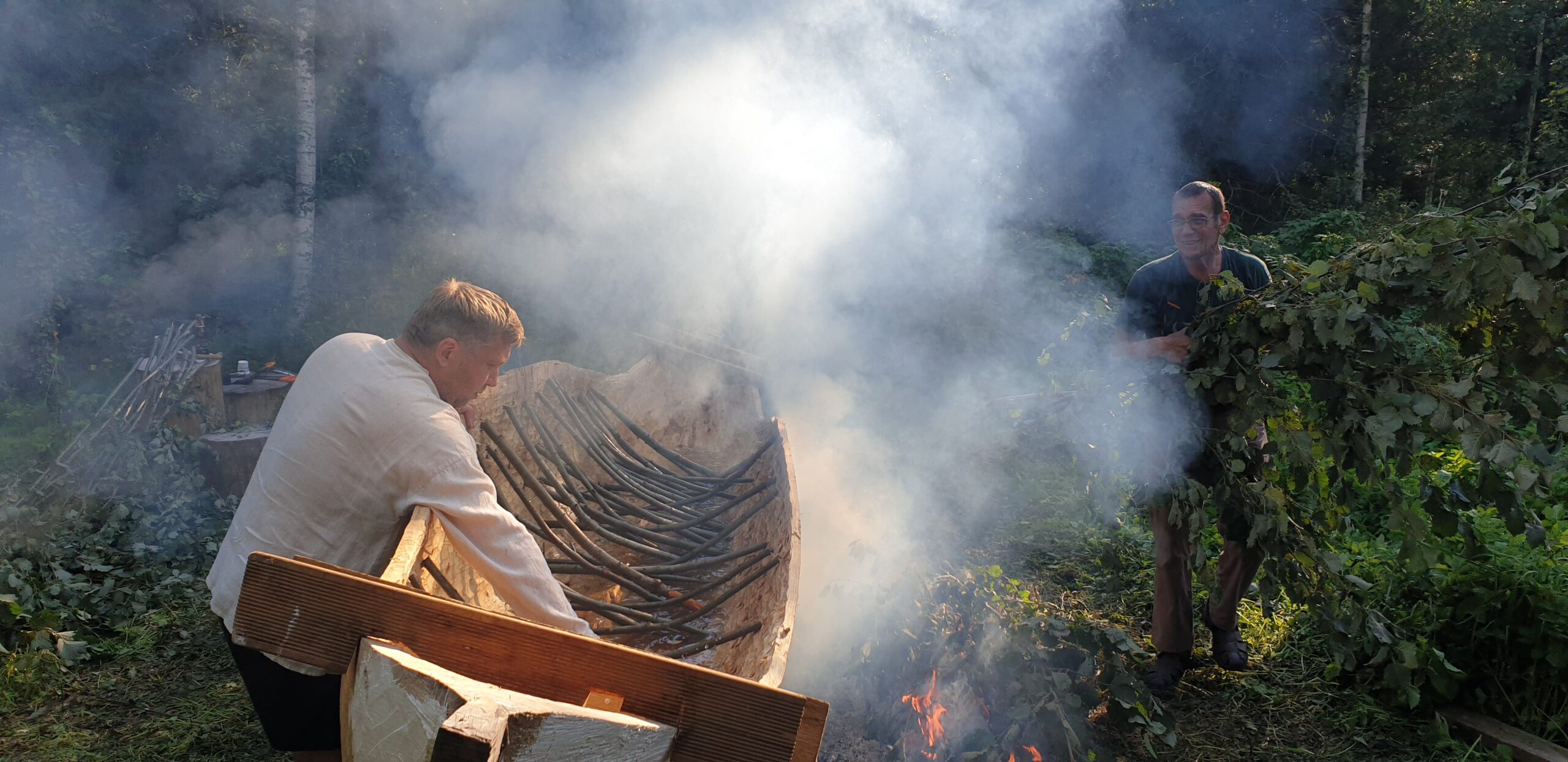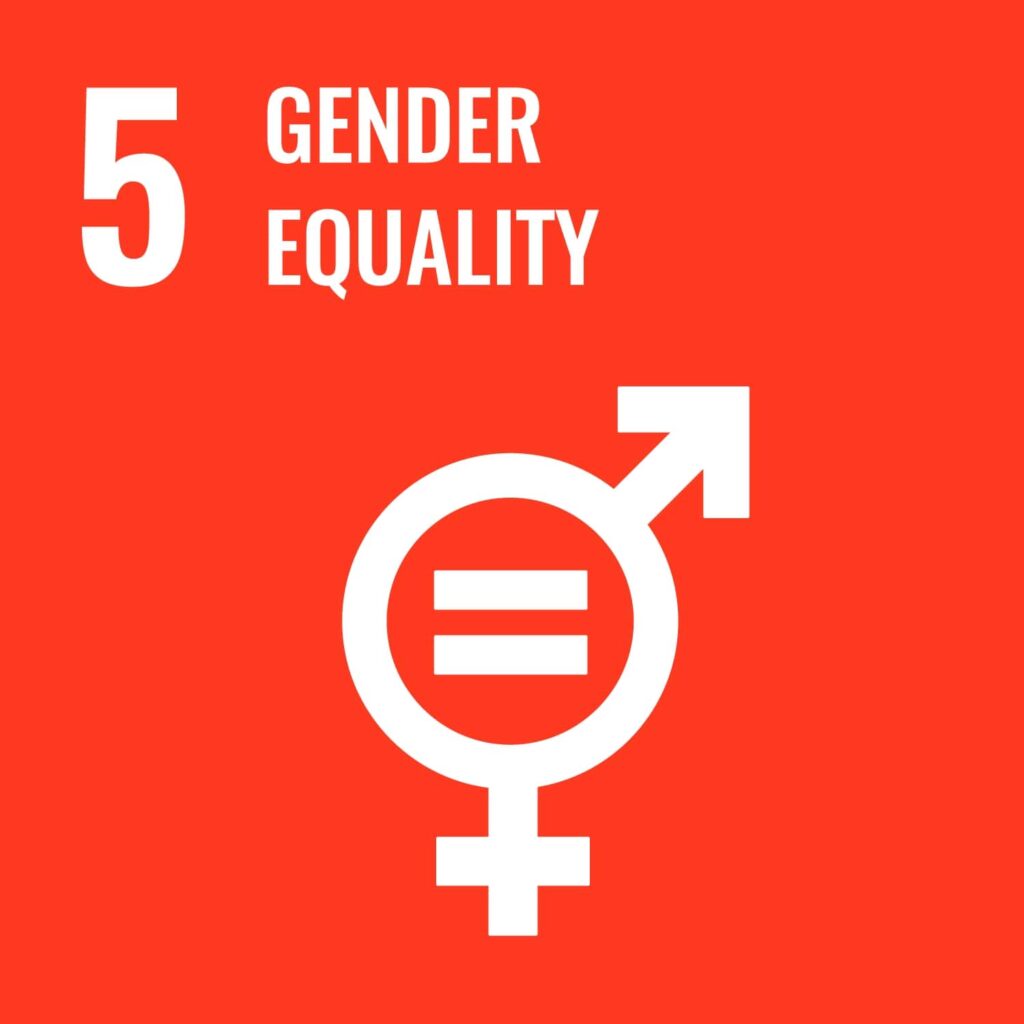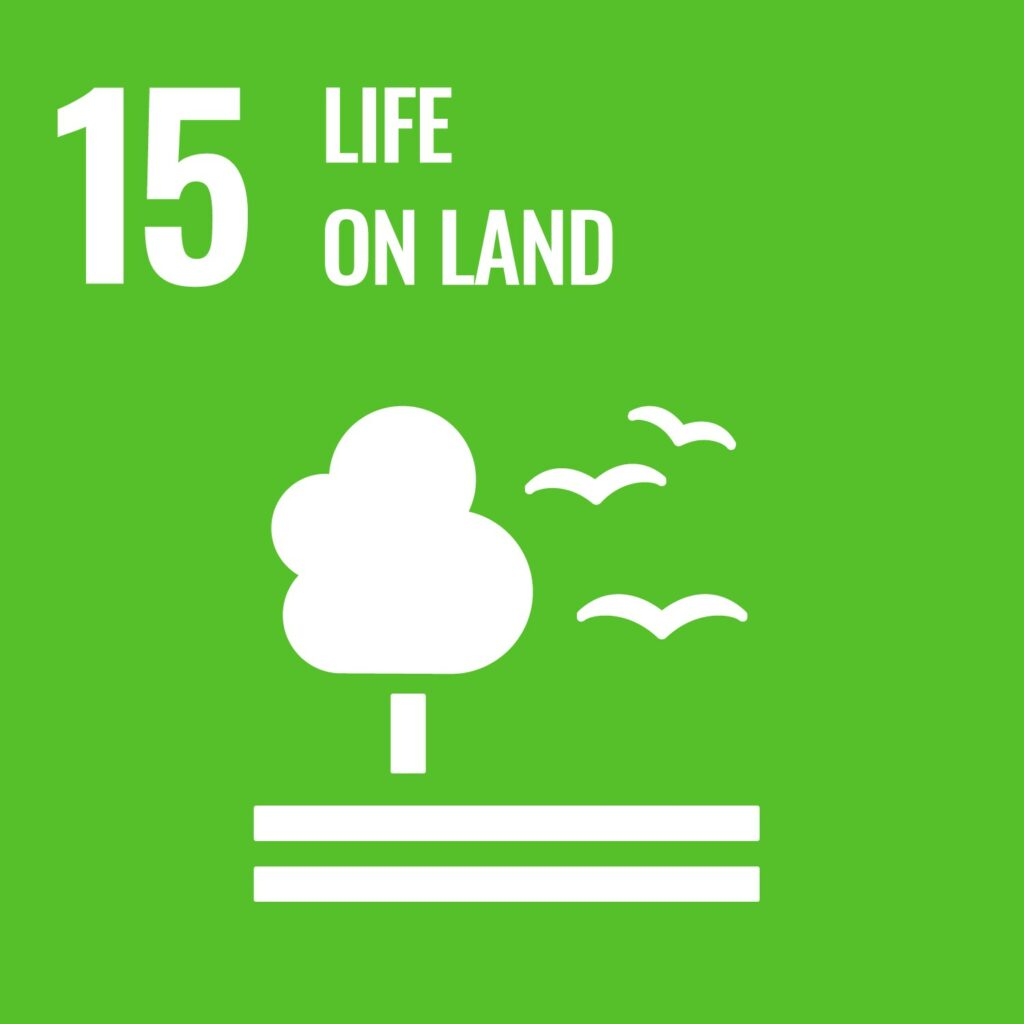
The dug-out boat from the Soomaa region, Estonia, is a canoe-like boat that is hollowed out from a single trunk of aspen. The main threat for the preservation of dugout boat culture is the interruption of the continuity of transmitting dugout boat making due to a small number of future masters and the demographic profile of current masters. There are only very few people who continue the tradition of making dug-out boats, and so the tradition was inscribed on the UNESCO List of Intangible Cultural Heritage in Need of Urgent Safeguarding in 2021.
Courses for learning the process of making a dug-out boat have been organised regularly in recent years, but the number of women and young people are often in minority among the participants. The goal of the pilot project was to organise a course that would be specifically targeted to these underrepresented groups.
The primary object of this pilot project aimed to increase the number of young people participating in the traditional art of dugout boat building workshops, with special attention on gender balance. Altogether four workshops were held on Saarisoo farm by master-builder of dugout boats Aivar Ruukel. The process of learning was documented with photos and a documentary.
A course totalling four gatherings took place during summer 2023 at the Saarisoo Karuskose farm under the expert guidance of master dug-out boat builder, Aivar Ruukel. The course offered a comprehensive blend of theoretical instruction and hands-on experience in the craft of making a dug-out boat. Participants also had the opportunity to enjoy boat trips on the nearby river as an additional activity.
The need to widen the network of skilled makers of dug-out boats has been recognised earlier. In preparing the pilot project there were discussions with a Soomaa region local school to offer the young possibilities to experiment and learn about making dug-out boats, but finally the group of eight participants was found through a local youth organisation that brought together mothers with their teens and other actives of the organisation.
The process of making a dug-out boat starts from finding a proper aspen tree, felling it, and preparing it for the carving. The carving is usually scheduled to summertime, and the courses for making dug-out boats therefore take place during the summer months. The pilot project course gathered four times in the time span from May to August, on once-a-month basis.
During the workshop meetings, the study group rehearsed practical skills: giving outer shape for the trunk, determining board-line of the boat and hollowing the trunk, basic steps and techniques of finishing the canoe, and expanding the dugout boat into final shape with help of fire and water.
Organising a dug-out boat making course for new kind of participants demonstrated the needs to adjust not only the methods on how to attract participants but also the implementation of the course. For example, youth of different ages would have different abilities and capabilities; it makes a difference whether a participant is 12 or 20 years, or with previous experience of woodwork and use of tools. Safety issues with the use of axes and open fire that is needed in the expanding the hollowed trunk into a boat need even more attention than with participants more accustomed to such methods. On the other hand, learning to make a dug-out boat requires hands-on experimenting and rehearsal, not only explaining the process and showing.
During the four gatherings, a dug-out boat was successfully completed, but the meetings also allowed time for small boat trips on the nearby river to have more fun during the course days instead of only working at the boat project. This added to the easy-going atmosphere of the course especially when involving young people.
All four workshops were documented by photos, which were posted to https://haabjas.com/tag/livind/ and shared on social media, raising the awareness about expanded dugout boats among the general public. In addition, the participants took photos on all workshops and on the boat trip on the river that was organized as additional activity. Sharing these posts created extra visibility and raised awareness about dugout boat building.
The second workshop was joined by Estonian film maker Tarmo Mikussaar, who is working on a documentary about Aspen tree (Populus tremula) which is the building material for dugout boats. Mikussaar gave a lecture about the importance of sustainable forestry and old forests where large aspen trees grow. The fourth masterclass was joined by French TV Channel 5 film crew, making a story about Soomaa national park.
Documenting the environment where the dugout boat building tradition is situated created more understanding about the connection between the traditional ways of building and nature, and raised awareness of the importance of sustainable forestry and using natural material in an ecological way.
For the pilot project course there was achieved a group of women and young, both boys and a girl. The group actively engaged in both theoretical learning and practical boat-making process. The pilot project offered a possibility for more diverse participants to learn about and experiment with making a traditional dug-out boat, but it also allowed the course organiser to reflect and learn about guiding and working with young apprentices and with participants with different capacities in woodwork.
Regarding the Sustainable Development Goals the dug-out boat pilot project responded especially to Gender Equality (SDG 5) by fostering the participation of women and the young; and Life on Land (SDG 15) by advocating sustainable forestry practices that yield large aspen trees crucial for making dug-out boats. Notably, a guest speaker addressed this issue during the second workshop.
Pilot project manager: https://haabjas.com/


